The Article
SUPERROUTER SIGNATURE EDITION
8th March 2022
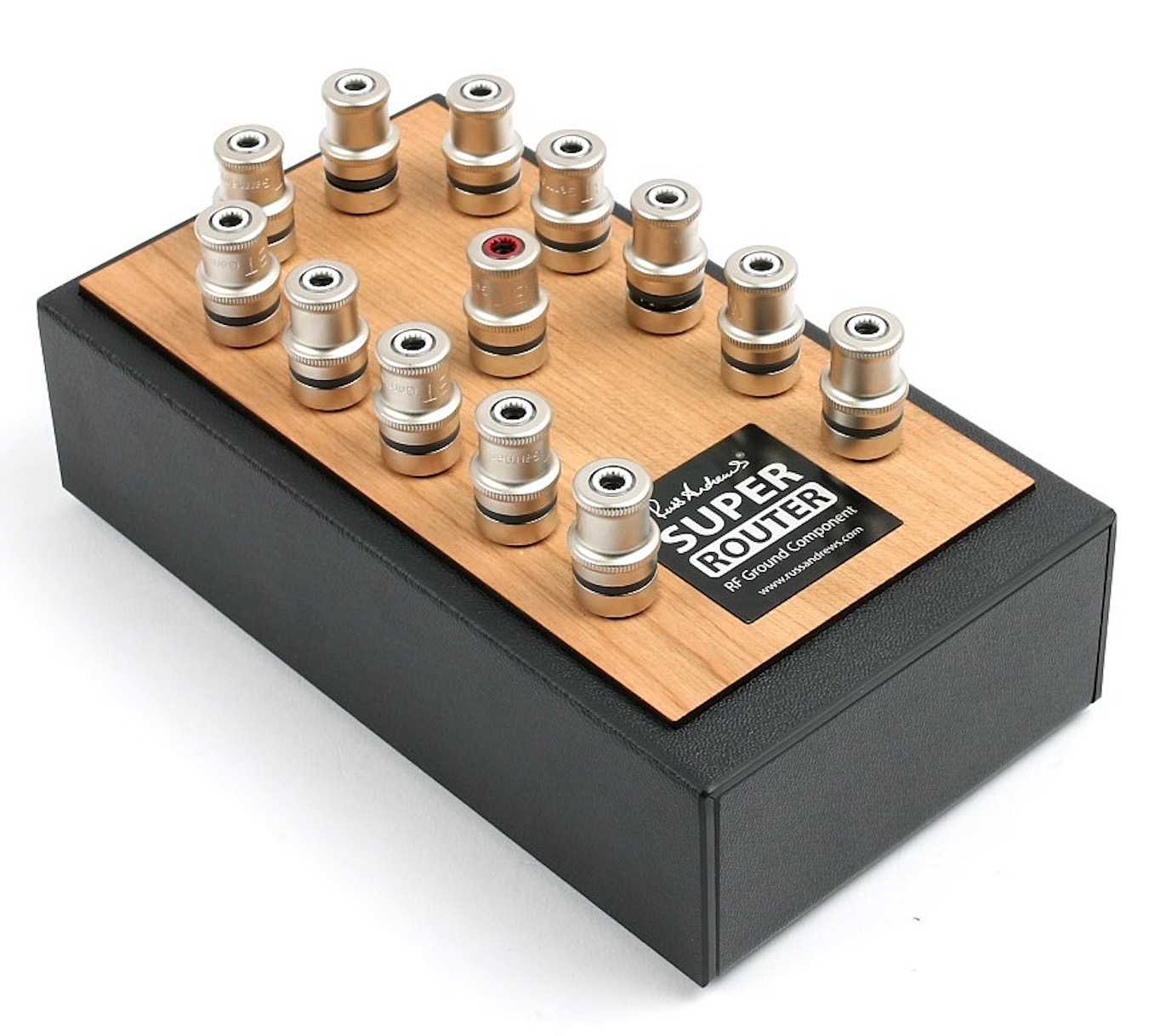
A high-end version of the original RF Router Mk.II grounding accessory, Paul Rigby wonders if a possible upgrade is in order
A SuperRouter does the same basic job as the Russ Andrews RF Router Mk.II. That is, it drains or ‘grounds’ RFI (Radio-Frequency Interference) from your HiFi system to a final grounding point situated elsewhere, sometimes a long way away. If set up correctly, the upshot is a lowering of the noise floor to enhance sound quality because delicate detail is no longer masked or veiled by that RFI. That’s the aim.
To do this, you connect a grounding cable (made by Kimber) to each of your HiFi components because RFI gets everywhere. Nothing is safe, frankly.
HiFi manufacturers are fully aware of the issues caused by RFI. In fact, most include some sort of RFI drain point on their cases. That is, many HiFi boxes feature a grounding point with this operation in mind. Check your components to see if you can find such a connection on the rear of the chassis. It may be a socket or even a simple screw. It might be an innocuous little screw off in the corner there, that you’ve previously ignored or overlooked in the past.
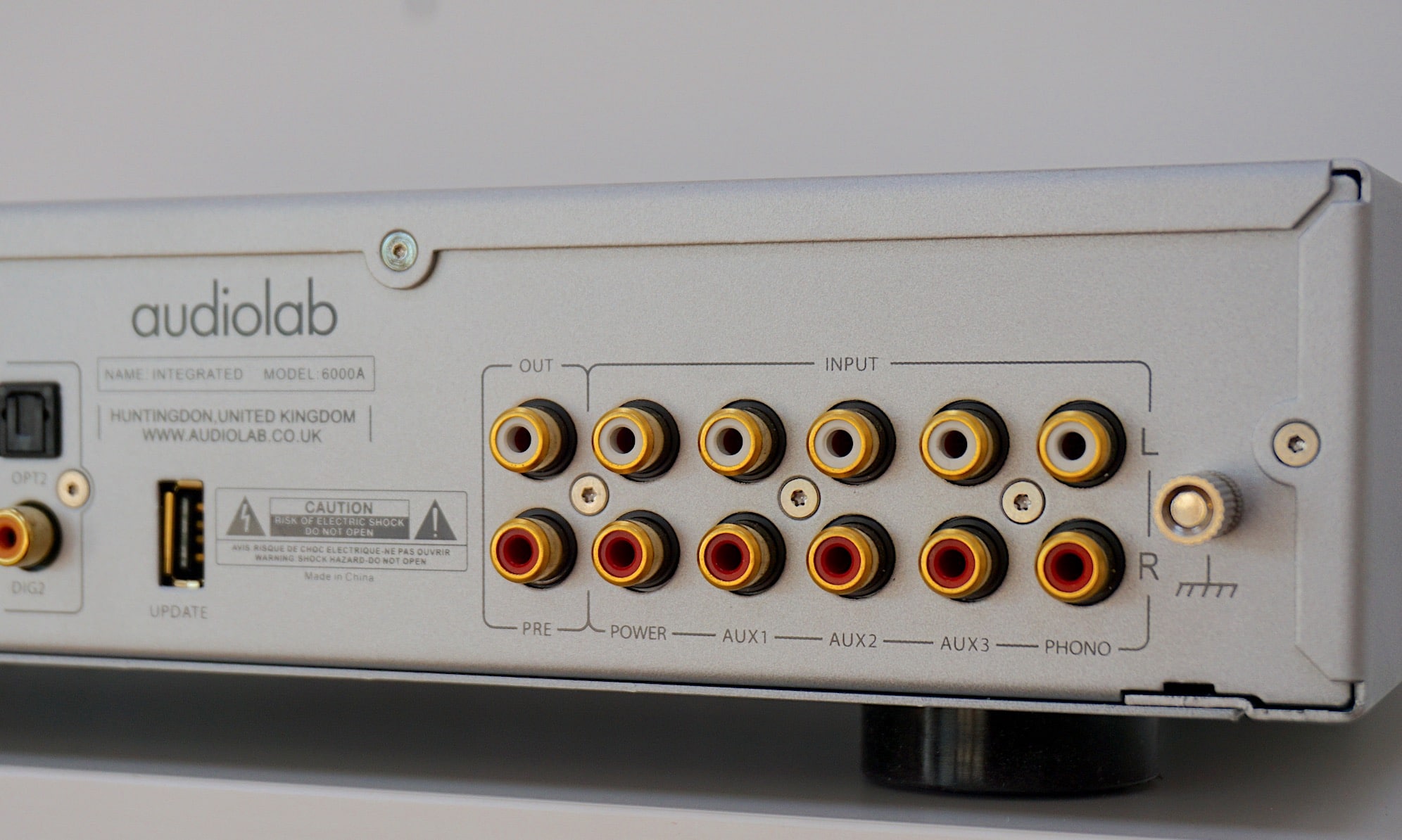
So, for example, my monoblock amplifiers have grounding sockets as does my pre-amp and my two-box phono amp. Not my CD player or DAC, though. If your HiFi component does not have a grounding socket then all is not lost. For the latter, you are encouraged to loosen a convenient chassis screw and attach a SuperRouter cable (a spade connection is the best option) to the screw point and tighten the screw back up again.
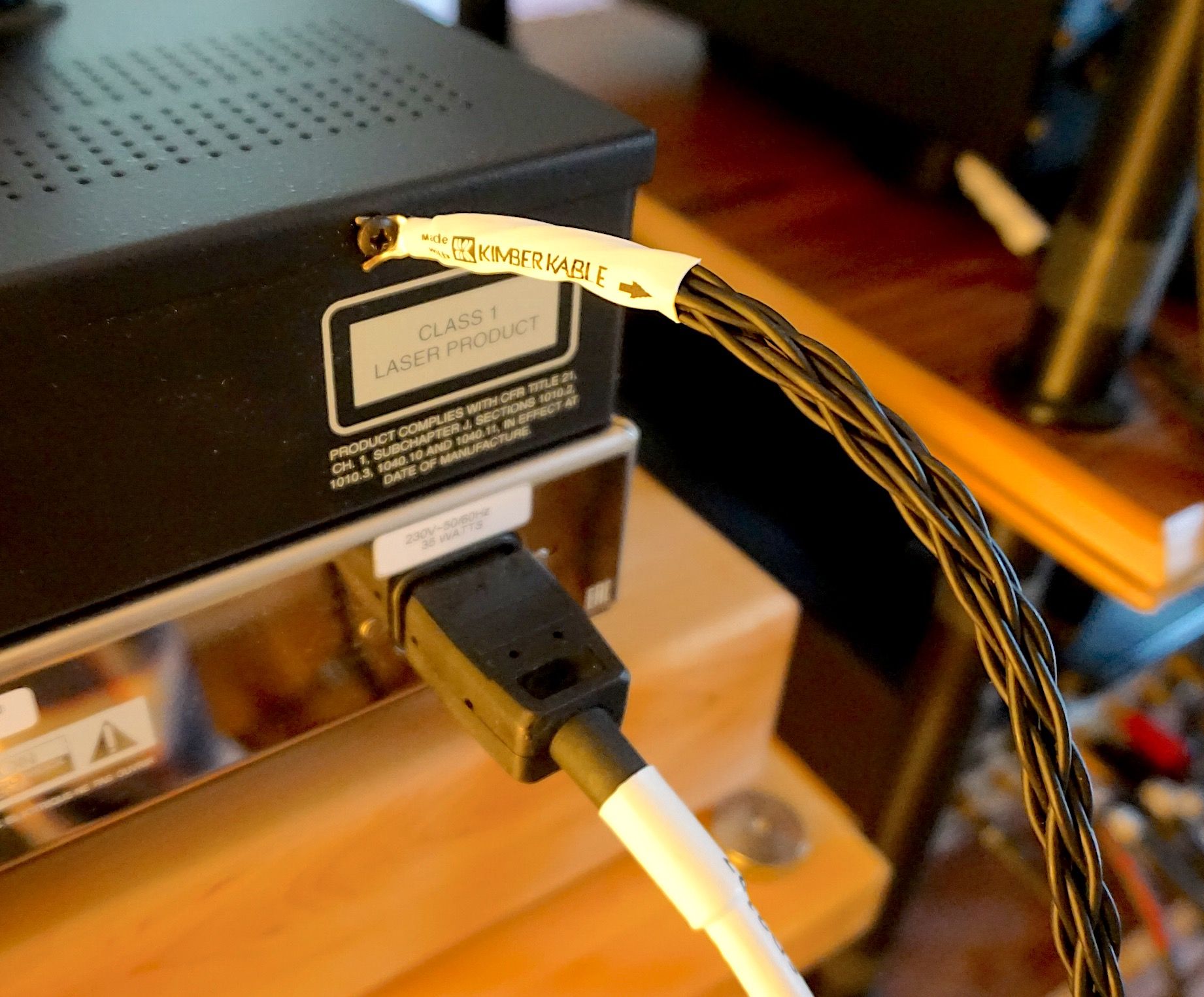
The other end of the cable is plugged into the SuperRouter.
From the SuperRouter is an output socket. From there, you attach a long cable that can, in my case, run across the room out of a convenient window, along towards the garden and attach to a copper pole which is then buried in my garden (next to the body of the annoying bloke I used to work with, back at the office). This is the drain pathway.
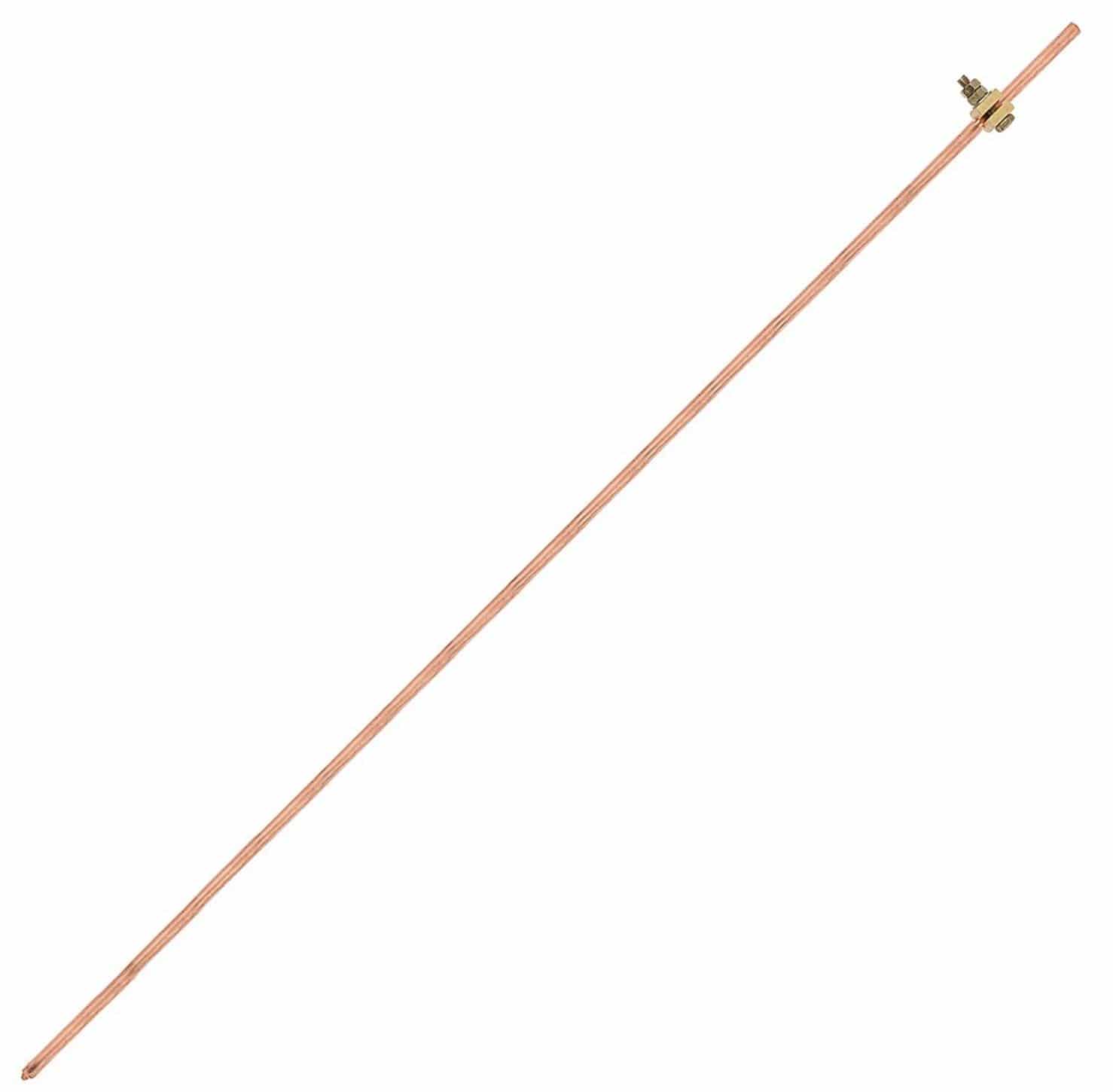
This is where the RFI travels to, away from your HiFi.
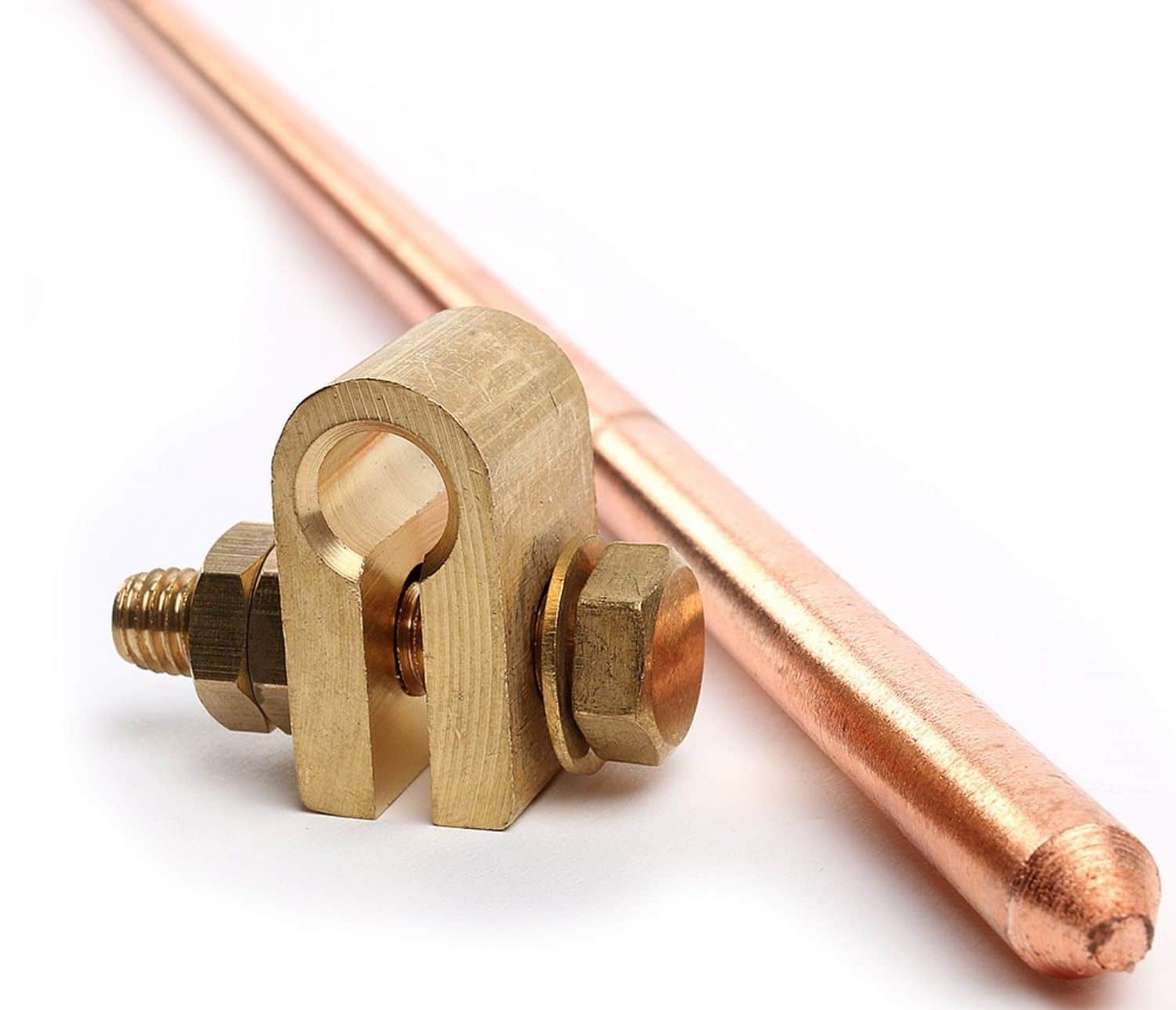
So, the SuperRouter is a one-hit installation thing. That is, you connect everything up and then you forget about it. There’s no live electricity running through this thing. There’s nothing to switch on or off, nothing to maintain. You hook it up, you get on with your life and the SuperRouter quietly gets on with its job, day in, day out.
ONE I MADE EARLIER
Now I see this SuperRouter Signature Edition review as a companion piece. As I say, the SuperRouter, is an upgrade to the earlier RF Router Mk.II. A product I reviewed on this site in October of 2020 (blimey that time certainly has flown). In that review, before I got to the Sound Tests, I did talk more about ‘noise’ in hi-fi and how it affects us all in terms of sound quality. I talked about the noise itself and what it is and what it isn’t, more detail on hooking this box up to a copper rod that should be buried in your garden, what to do if you can’t utilise a copper rod or don’t have a garden and what alternatives are available, what the Router itself does and how it does it, how the Router can be physically connected to your HiFi and more.
I did consider, for a moment or two, cutting and pasting all of that information to this review but thought better of it. Why repeat myself and also risk annoying everyone who’s already read the RF Router Mk.II review? Hence, if you haven’t already read the RF Router Mk.II review, what I highly recommend is to click HERE, read the RF Router Mk.II review up to the Sound Quality sub heading and no further and then come back here. By all means check out the description of the RF Router Mk.II as well. In that way, you will also understand what the SuperRouter is all about.
TECH DIFFERENCES
The SuperRouter is fitted with RF filter technology, a custom-designed PTFE circuit board and an ABS body. The quality and complexity of the SuperRouter components, according to Russ Andrews, is far superior to those found in the lower-cost RF Router Mk.II, incidentally.
Also, there are more connection points on the SuperRouter. That is, the RF Router Mk.II has two inputs (four if you simultaneously use two spade connectors plus two banana connectors). The SuperRouter has 12 or 24 if you use bananas and spades simultaneously.
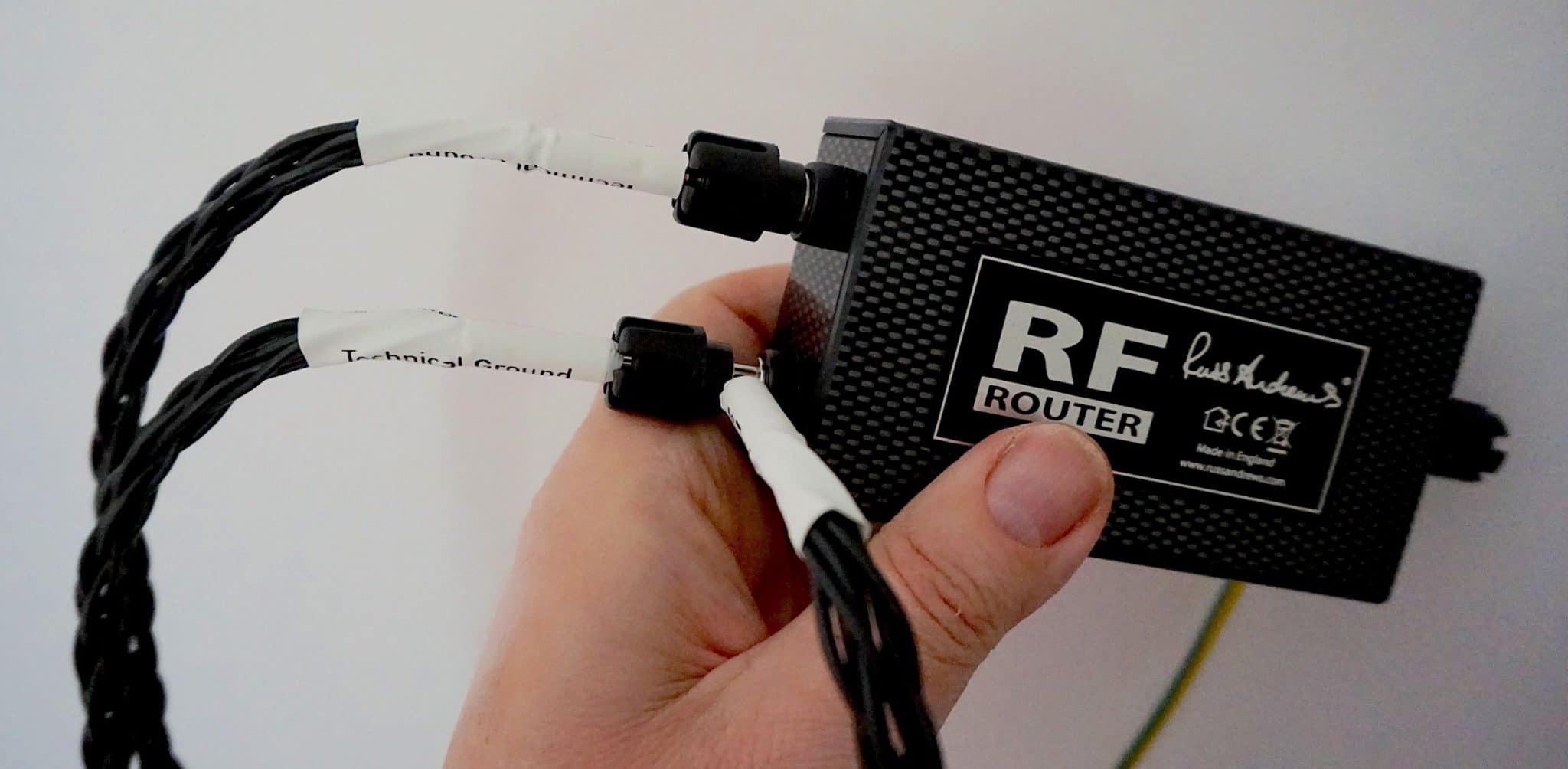
Russ Andrews also provides an additional break out cable connector that you can use in the chain of cables which enables you to connect more boxes to the RF Router Mk.II.
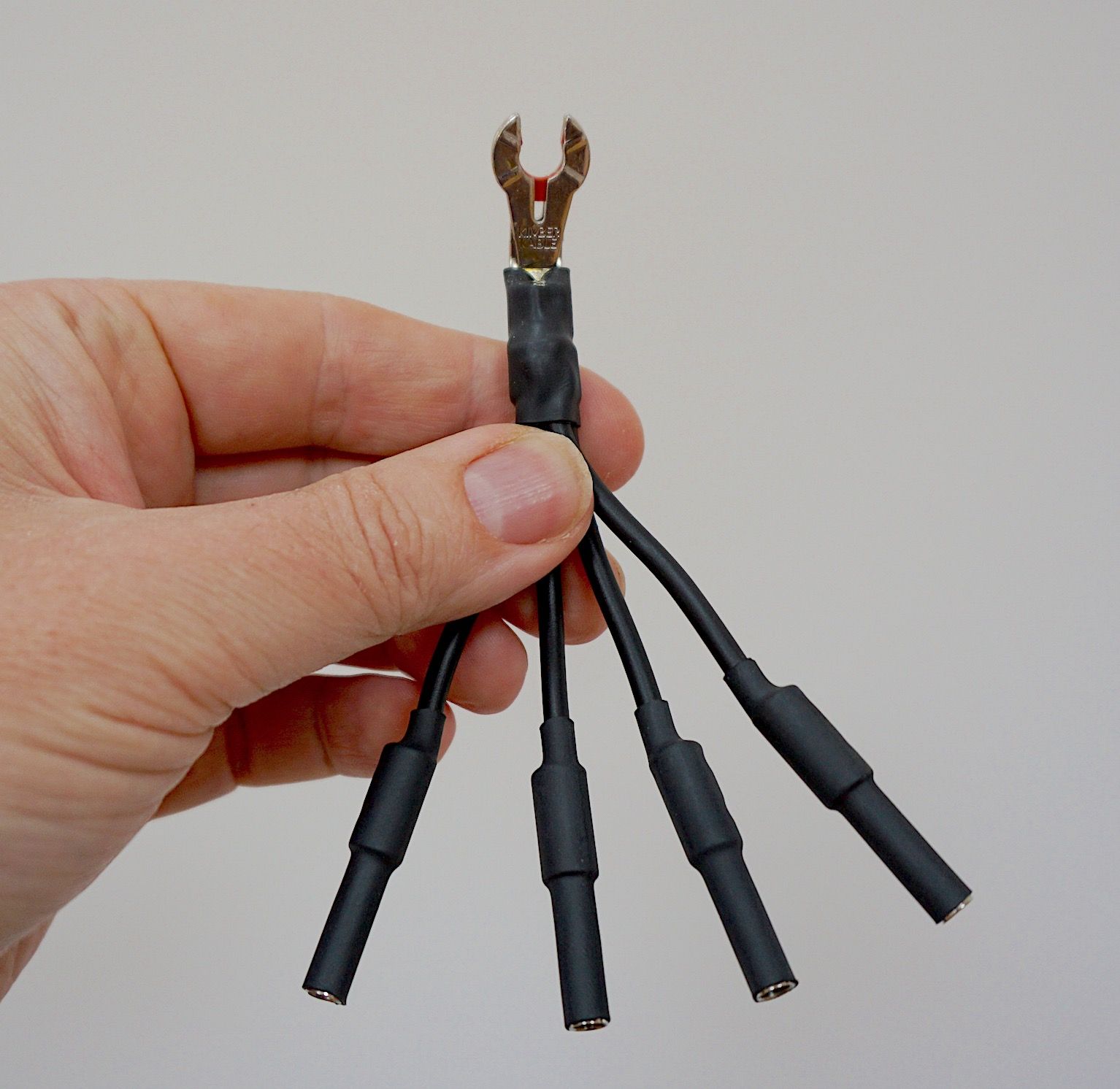
At this point, there is a question that needs to be asked. The SuperRouter has enough inputs to allow each HiFi component to be connected separately. That is, you can use one entire input socket for your phono amp, a completely separate input for your pre amp, another wholly separate input for each mono block and so on.
Because my RF Router Mk.II only has two individual inputs, I’ve been sharing connectors all over the place (see image above). That is, I’ve shared each main input on the RF Router Mk.II (using a banana plug and a spade plug on each, so two cable connecters per input) and, in addition, I’ve also used that break out socket up can see on the image here.
SHOULD YOU ‘GO PURE’?
Question. Does sharing inputs reduce the effectiveness and thus the overall performance? Is it better to have just the one cable per input?
I didn’t test this point before on the RF Router Mk.II because I didn’t think the test would be particularly practical or even useful, given the mere two inputs on the RF Router Mk.II. Now though? With 12 separate inputs on the SuperRouter? Well, now I can give that a realistic test.
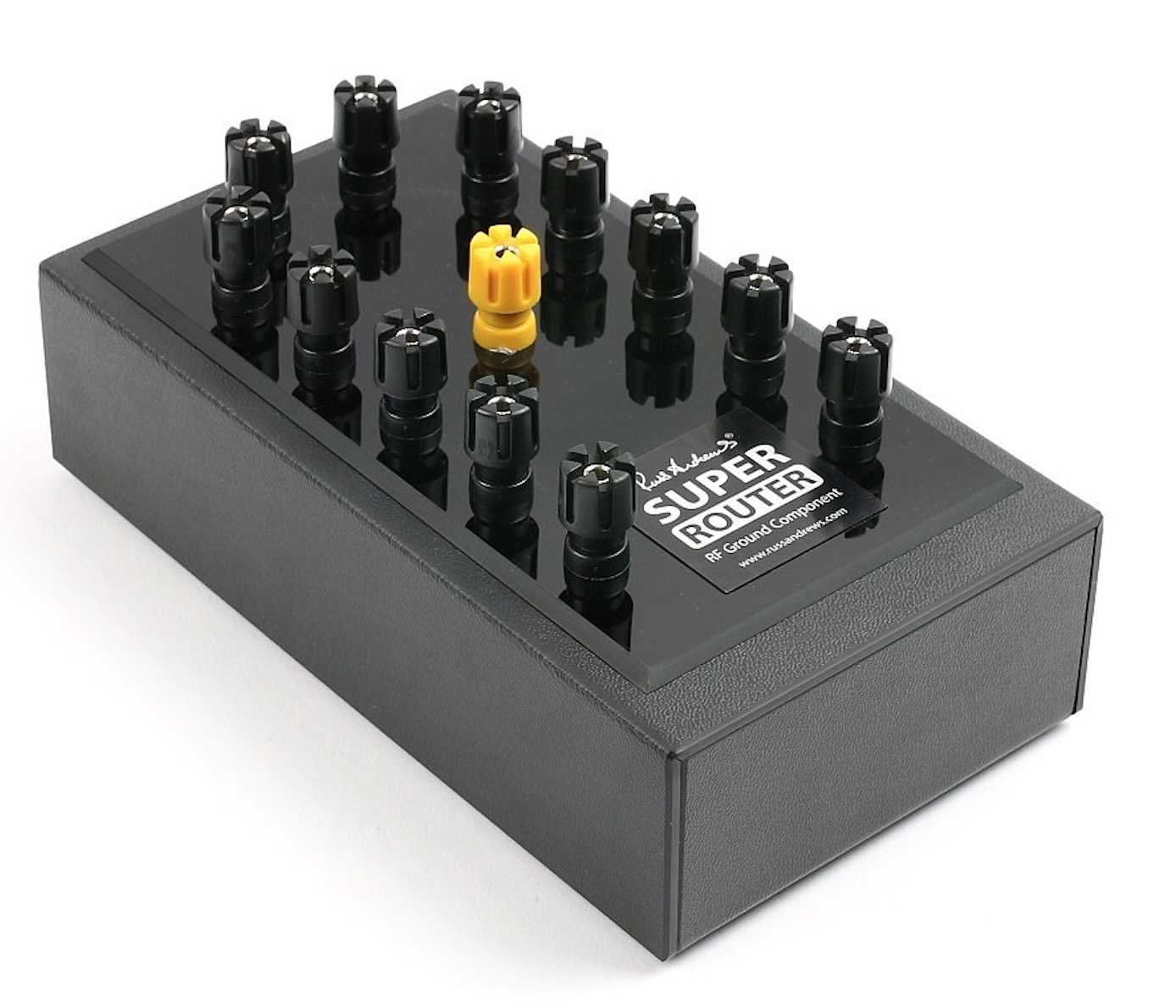
So that’s the first difference. There is a second.
The basic SuperRouter arrives with nickel input binding posts. The Signature Edition, which is the one I grabbed for review, includes a Cherry wood top plate plus a suite of WBT-0710CumC copper input binding posts.

I was interested to know if the better quality parts changed the performance. The WBT posts certainly look and feel more substantial and solid but I wondered if the sound would be affected too.
SOUND QUALITY
I began with a copy of ELO’s First Movement (Jumping Biz), an early career instrumental packed with frequency variation including instruments like Spanish guitar, drums, bass, violins and cellos.
Let’s get the ‘with and without’ thing out of the way first, shall we? If you don’t have any flavour of anti-noise ancillaries in and around your hi-fi then you need to sort it out now, basically. I mean it. If you have no grounding accessories, isolation feet and/or shelving under every component and proper HiFi rack, if your cables are still dragging on the floor, if you don’t consider balanced power supplies, if you think anti-static guns and demag kits on your vinyl is a joke, if your cabling is of the Tesco Value variety, if you have no support for your speakers and think specialised power blocks are a waste of time. Then remind me to light a candle at my local church in memory of your ears.
Without the Super Router (or the basic RF Router or any other grounding support for that matter) in my system, the upper mids sounded edgy and metallic. The treble was harsh and brittle while bass sounded like a chrome ball bouncing all over the floors of my listening room. My hi-fi sounded as if it was worth around £3.50. I couldn’t take it after a while.
With the Super Router installed, I was able to take a deep breath and relax. The edges had gone, the midrange opened up to add finesse the delicacy, bass offer an organic performance and the harshness that lived in my soundstage was kicked out of the nearest door.
SINGLE vs DUAL
I then isolated one input on the Super Router and connected a pair of cables to it. So one cable was inserted vertically from above. For the other cable? I partially unscrewed the WBT plug and inserted a second plug horizontally, tightening the WBT connector onto the plug. Two plugs into one input.
One of those cables ran to my phono amplifier, the other to my pre amp. I listened to that then I separated the two cables and gave them an input each. So the cables were no longer sharing one input, they enjoyed one input each, all to themselves.
The differences were relatively subtle but they were there. There was a smoothing around the mids and a lowering of noise over the upper frequency area specifically.
Now I don’t know, is that because each drain line, each input connection, no longer had to share a single input socket? Was it because the top-down, direct banana connections were more efficient and offered better connections? I’m not sure but, whatever the reason, I preferred to have one cable per input from this point on.
vs CAD GC1 GROUNDING BOX
That was the easy test. The next test was a lot tougher. This was a zero to 60 in three seconds type of test. I pitched the SuperRouter against my CAD GC1 Grounding boxes which are built to do the same job as the SuperRouter but you don’t connect the CADs to an external copper pole. The noise dispersion occurs inside the CAD’s own chassis instead.
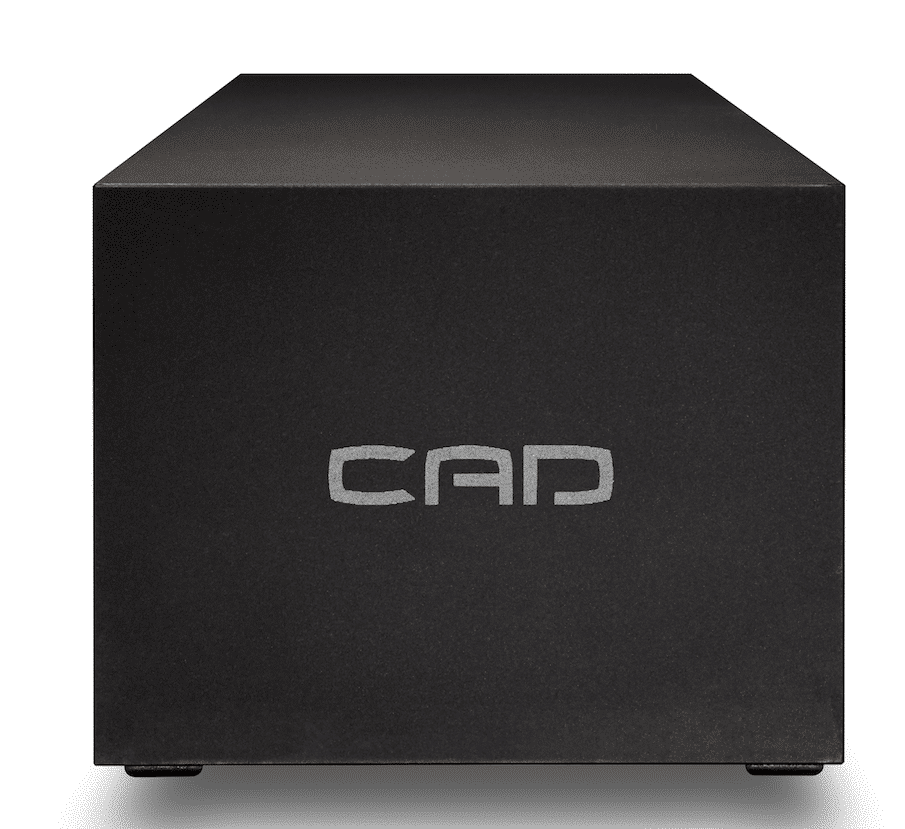
Nevertheless, the CAD GC1s are super expensive, priced from £1,995 per box (inc. two inputs only and one cable in the box with additional cables fetching around £250 each). I have two GC1s in my system (so, nearly £4,000 worth plus extra cables which adds up to around £4,500) and they are, frankly, superb at their job. Even so, each one is around £1,300 (when kitted out with cables) more than the Super Router Signature Edition I have here while the CAD offers 10 less inputs.
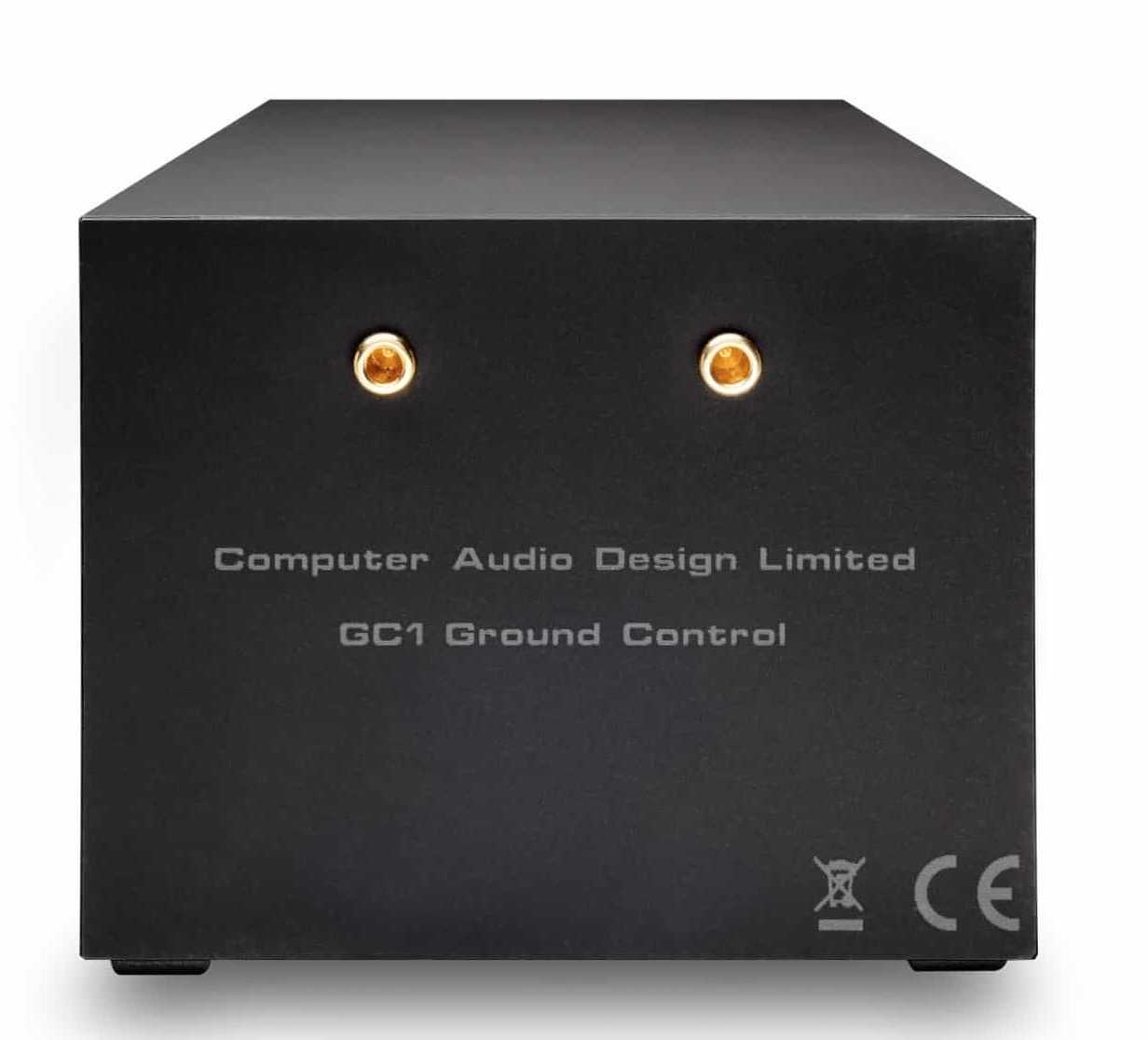
In performance terms, what I wanted the SuperRouter to do here was to just compete. Nothing more. I wasn’t expecting the SuperRouter to be better in sonic terms. I just wanted it to give a good show.
In installation terms, the basic CAD Grounding boxes offer two input connections per box (the larger GC3 CAD boxes provide six connections per box but they cost £4,595 each plus extra cables). The more items you want to connect to CAD’s grounding boxes, the more boxes you have to buy (so, you’re spending more money) and more cables spring from those extra boxes.
The well connected SuperRouter produces a web of messy cabling but it provides 12 connective points from the off. For most people, they will only ever need one SuperRouter. To be honest, I have two CAD boxes here but I could do with a couple more, at least (which would then add up to around £9,000, in total, with cables included). I’ve always felt under powered, in some respects in CAD terms. Owners of the SuperRouter should never feel like that.
So, the more items you want to connect to the SuperRouter, the better its overall value, when compared to high-end grounding boxes like the CAD GC1. The CAD system does present less faff, though. With the SuperRouter, you really need the attach it to a long cable which connects to that brass rod, which is buried in your garden. The CAD system doesn’t bother with that.
How do the two measure up in sonic terms? The CAD gives you more attack and detail in the mids. Those leading edges, the pluck of the string, the initial strike of the drum. That kind of thing.
The SuperRouter is surprisingly good and gives a tremendous account of itself. It focuses more on lowering noise to produce air and space around the soundstage. Compared to the CAD system, bass was less defined from the SuperRouter but that low noise floor from the SuperRouter removed any sense of the metallic. Treble was deft and elegant via the SuperRouter but the CAD had the edge in terms of accuracy. Ideally? Give me both the Super Router and the CAD! But look, for the cash – and you save a hell of a lot of money going down the SuperRouter…route – the Russ Andrews box is incredible value for money, when looked at from a high-end HiFi angle.
Finally, I wanted to see how the Super Router faired against the smaller and cheaper RF Router unit.
vs RF ROUTER MK.II
My initial response to the Super Router was a bit odd, to be honest because I didn’t hear any difference at all for the first few seconds. The more I listened though, the more I realised that – actually – quite a lot had changed. I don’t know if this effect has something to do with the ‘draining’ action of these devices. For every grounding accessory I’ve ever used, the manufacturer has warned me that performance will improve over minutes and hours (even days) as harmful noise is slowly drained away. It’s a continuous process as opposed to a switchable, on/off, process. Be aware of this important point if you ever do a demo.
Well, you might say that I heard that too then.
After those first few seconds what I first heard was a removal, of sorts. That is, I didn’t realise that I had a slight bloom around the bass. What the SuperRouter provided was a tremendous tightening of the lower frequencies. This added an almighty quickening of the tempo of the music. The cellos and drums suddenly had a bus to catch. They were brisk and sprightly. Before that, there was a slight dragging of the lower frequencies. As if they were walking through dragging mud. Everything was a bit of an effort.
Up top now and let me tell you about the cymbal taps. Drummer Bev Bevan hits these blasted things every chance he gets on this track but all I’ve ever heard before are white noise shimmers. Via the SuperRouter though, for the first time, I heard a measure of tonal reality. That is, for the first time they sounded like cymbals instead of a white noise tone.
Violins and the lead guitar, that Spanish guitar string plucking extravaganza that is notable on this track, were light, crisp, precise and incredibly accurate in their delivery. Again, any sense of frequency drag just wasn’t there. Pace increased, focus was enhanced and the overall transparency was now something to behold. What I mean by that is the ear could travel through the mix towards its rear without tripping over any obstacles.
CONCLUSION
Reading this review, you might be looking for black and white. For absolutes. So, for this product, you may be thinking, “As its over five times the price of the RF Router Mk.II, does the SuperRouter produce over five times the performance of the original RF Router?”
My answer to that is this, I think that this is an expensive product and I wish it was cheaper to benefit more people but it is a high-end product aimed at high-end users. Does it offer five times the performance?
Firstly, I’m not sure how you actually measure ‘five times’ worth. Five cup’s worth? Five shoe size’s worth? How do you even quantify ‘five times’ worth?
OK, so let’s put it another way, is the SuperRouter worth around £1,200.
Yes. Yes when I see what else is around and what this product is competing against. Other products that do the same job. Like the CAD products I mentioned above. The SuperRouter is a high-end product. If the price scares you, then don’t buy the SuperRouter, go for the RF Router Mk.II instead. That’s why it exists. To cater for those on a lower budget. The SuperRouter is a high-end product. You should only judge it on those terms.
Ultimately though, you need to look in the mirror and ask the guy there that question. It depends on the value you place on sonic improvement. It depends on your priorities. I’ve already said that I loved the smaller RF Router Mk.II and I still think the performance I get from that is amazing for the price. But if you have the budget and won’t settle for that, if you want to get ever closer to the original music, if you need yet more from your HiFi in performance terms, then you need to hear the SuperRouter. More than that, you need to live with the SuperRouter.
Maybe that is the true answer on this one.
I wouldn’t make a final decision based on this review or even after five minutes listening. Take advantage and thoroughly exploit the Russ Andrews money-back deal and live with it for a few days.
Put it this way, the more I listened to the sonic effects of this box, the more my heart sank. Audiophiles know this feeling. I tend to dread it, in fact. You demo a piece of hardware. You take a listen. You hear sonic improvements and you know. You know right there and then, deep down. There is no going back.
That’s the feeling I had after listening to the Super Router. This box has to be in my system.
RUSS ANDREWS SUPERROUTER SIGNATURE EDITION
Price: £1,199 (inc. two cables, more cables from £20.50 each)
Website: www.russandrews.com
GOOD: midrange accuracy, pacy bass, transparency, tonal realism, easy to use
BAD: nothing
RATING: 8
[Don’t forget to check out my Patreon Page at www.patreon.com/audiophileman, for exclusive editorial!]
REFERENCE
Origin Live Sovereign turntable
Origin Live Enterprise 12″ arm
Van Den Hul Crimson XGW Stradivarius Cartridge
Ortofon Cadenza Bronze MC cartridge
Icon PS3 phono amplifier
Quad ESL-57 Speakers with One Thing mod
Blue Horizon Professional Rack System
Harmonic Resolution Systems Noise Reduction Components

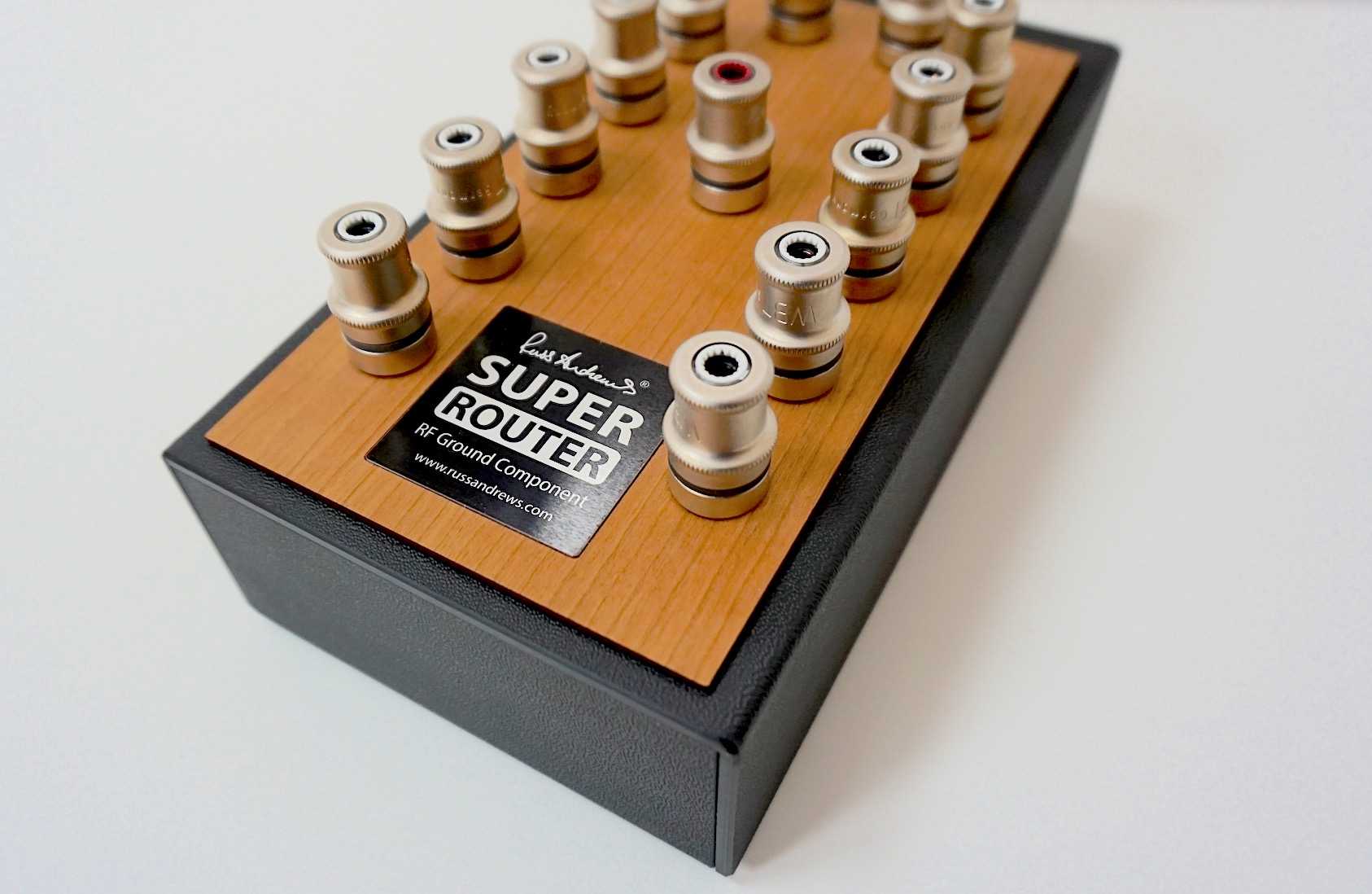
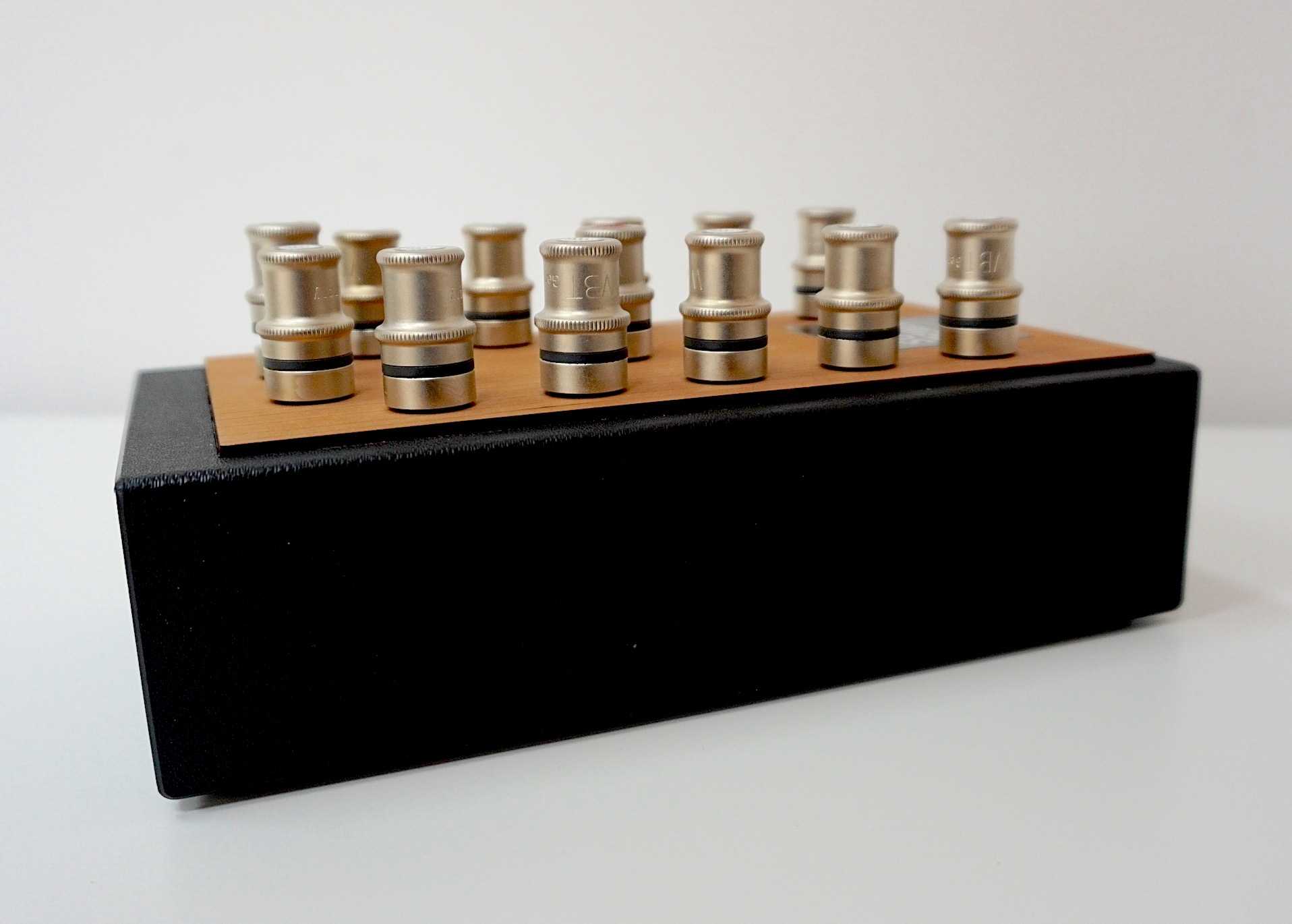
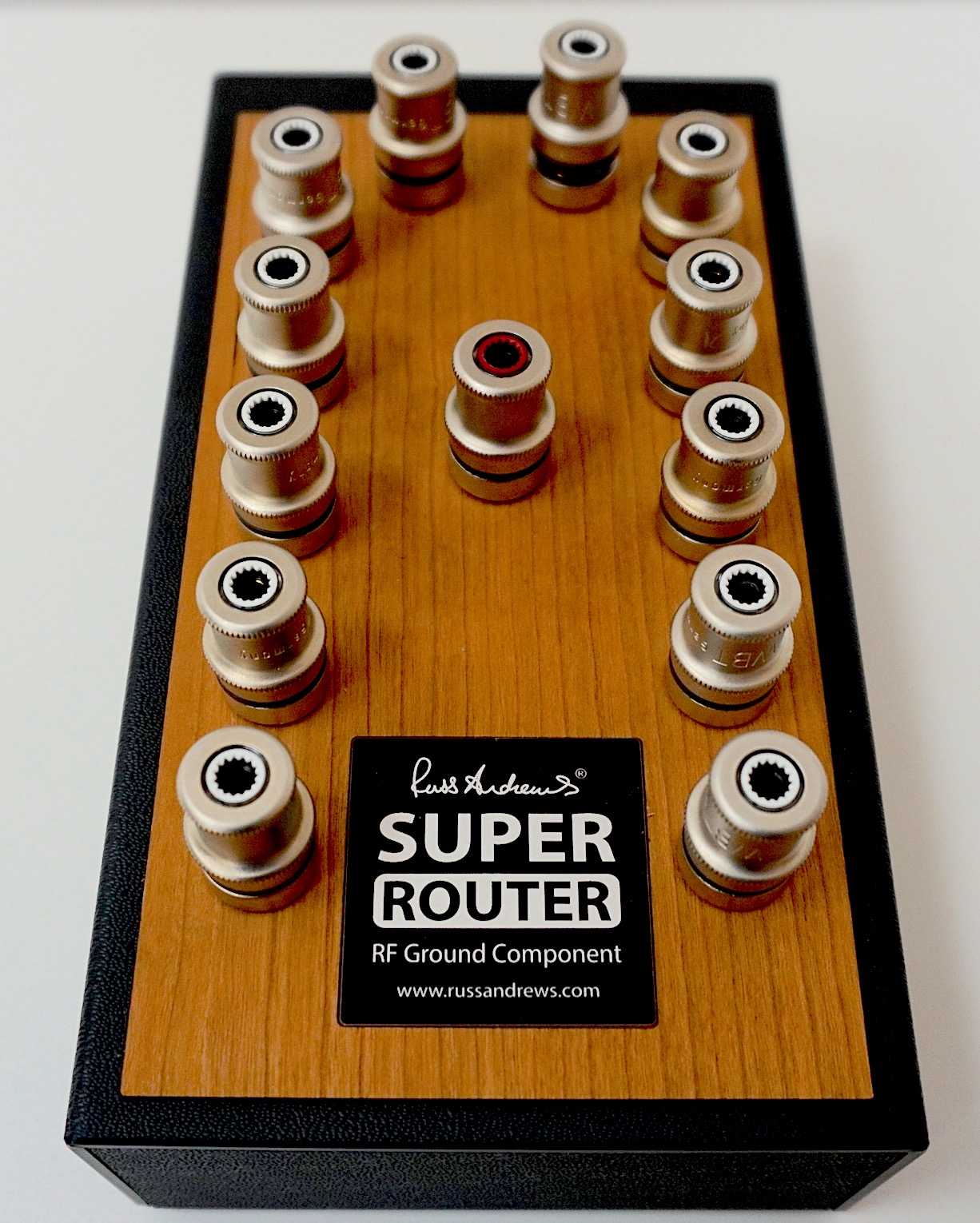
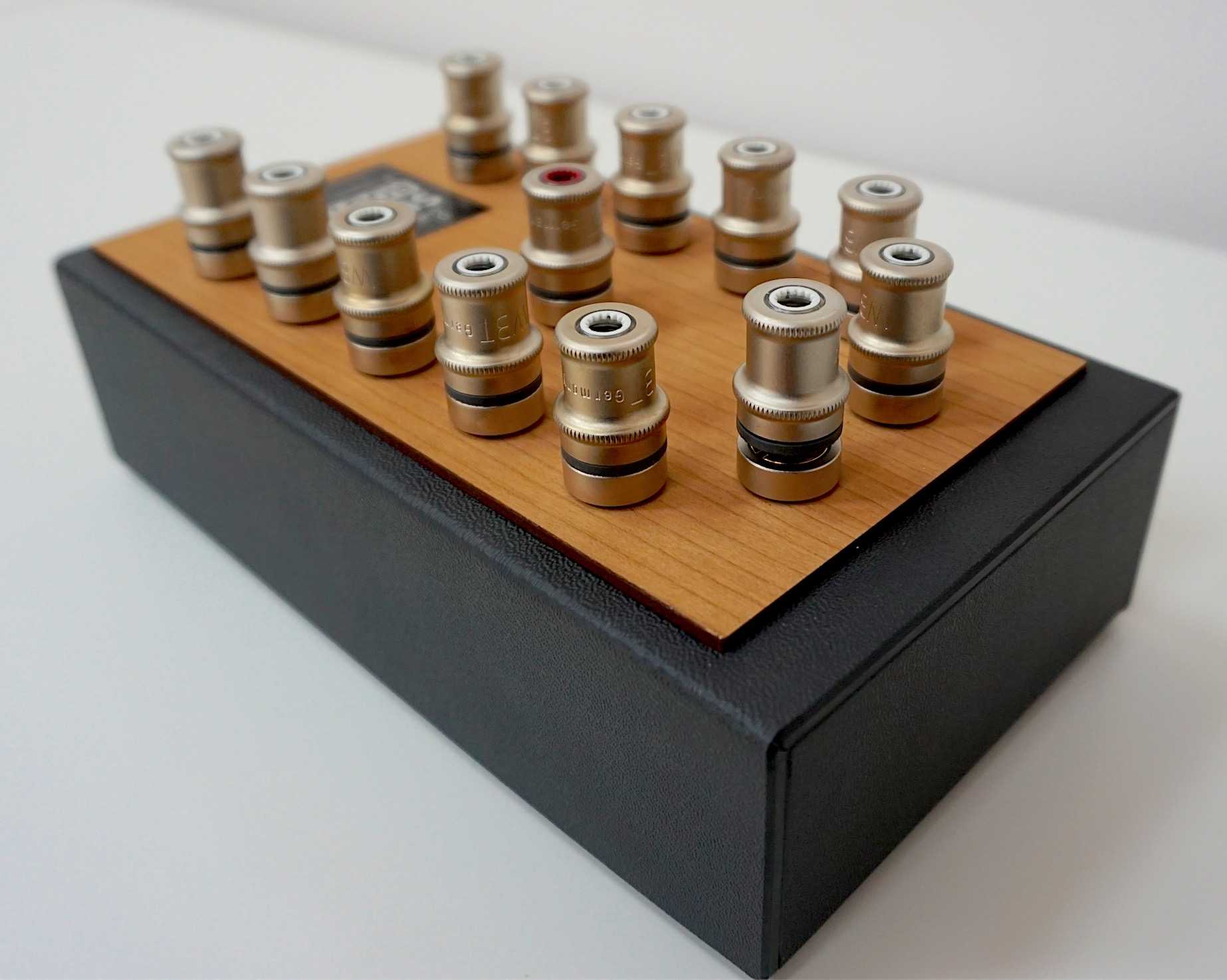
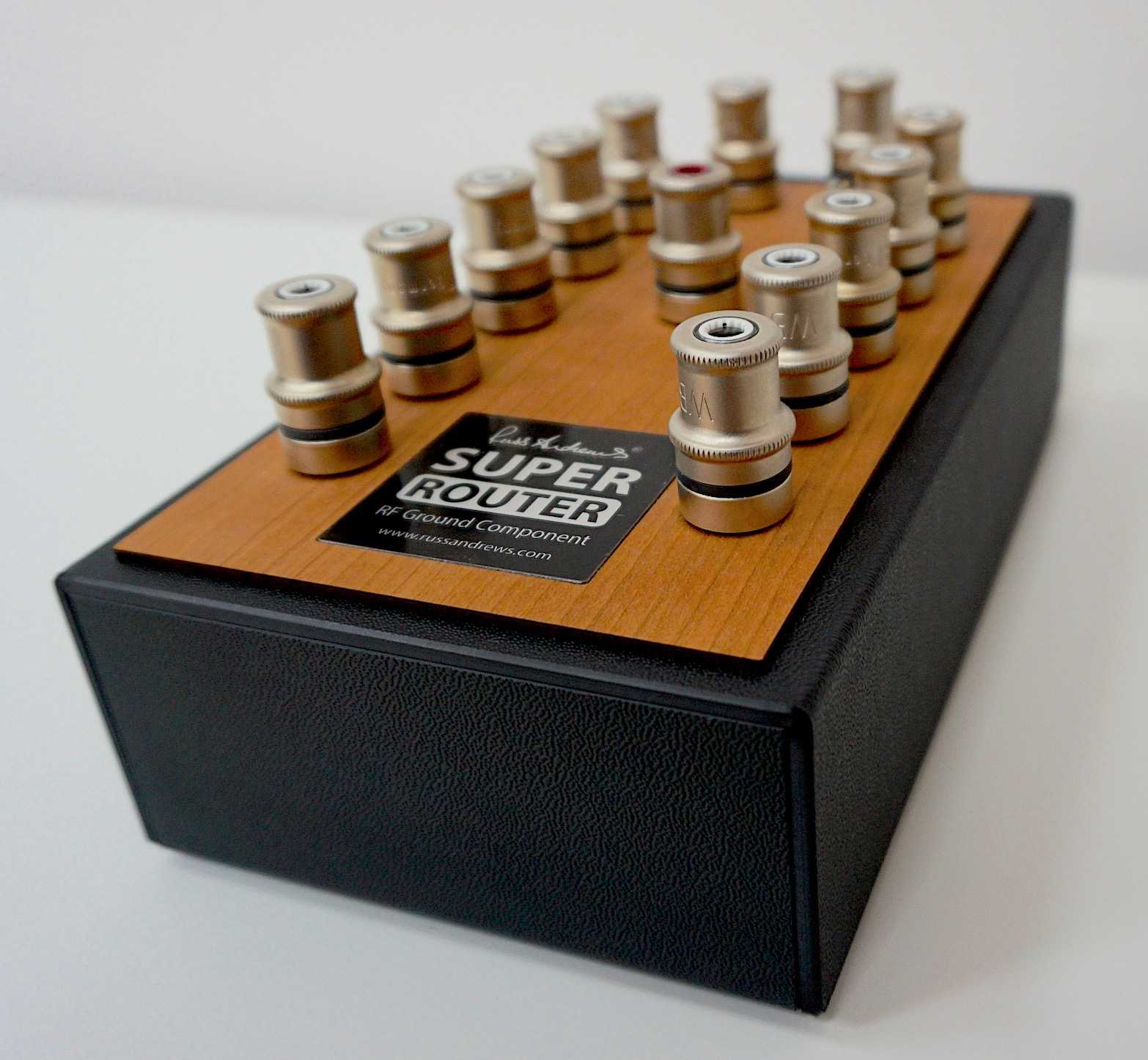
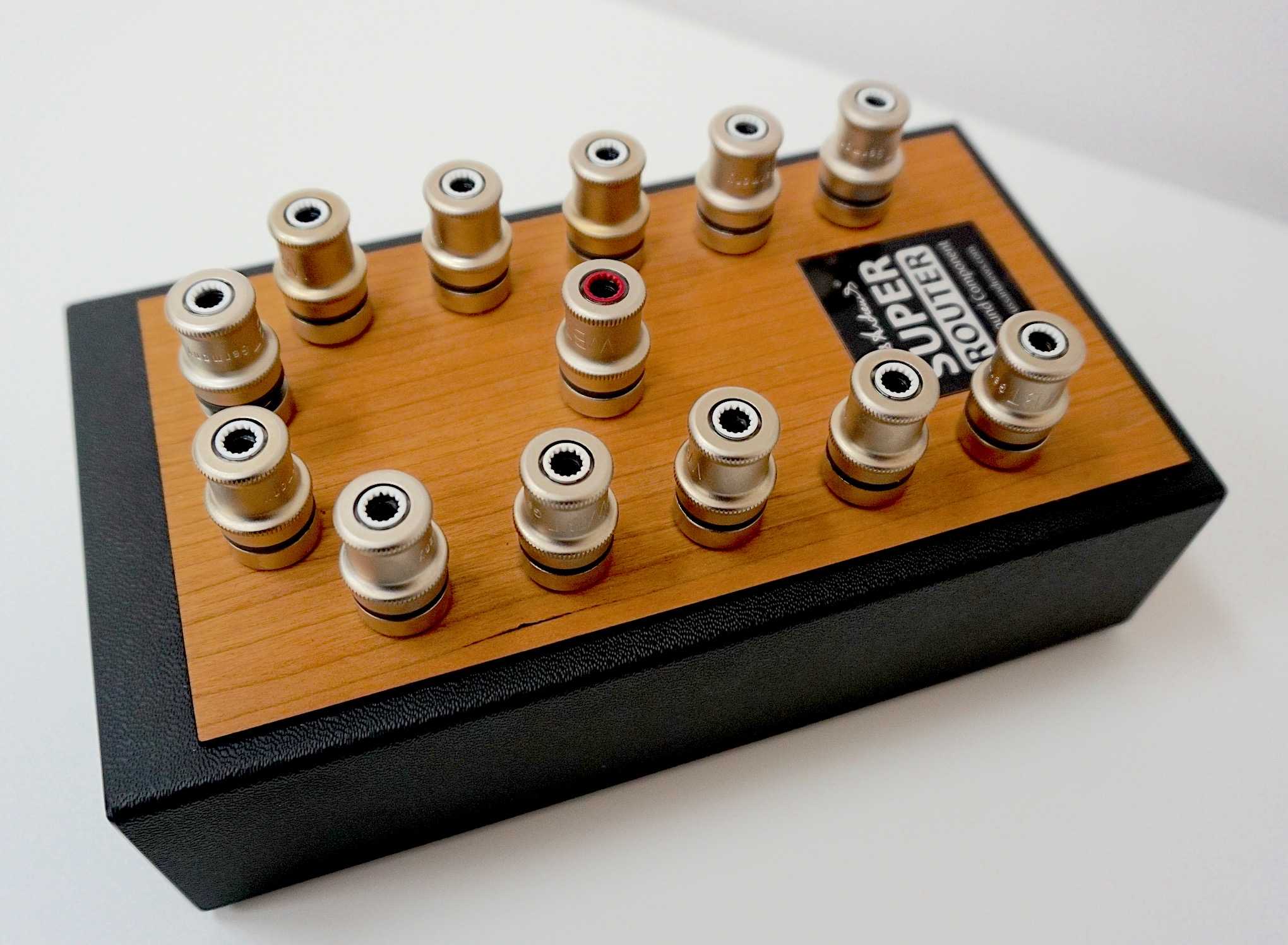



Enjoyed the review immensely, I am waiting for an RF Router to arrive any day, I’ve got the earth rod planted and watered. I’ve got the components ready for the earth wires, can’t wait to hear the results. There is always a middle way on the RF Router path, the Basic model is there for the less well heeled enthusiasts. Here’s to lowering that pesky noise floor!
Good man – always water your brass rod along with the flowers 🙂
I recently read a review of another grounding device from Puritan Audio in Stereo TIMES.:the
Grounmaster City and the Routemaster, reviewed by Terry London.
Since Puritan advertises on your site it shouldn’t be too difficult to get review samples for comparison with the Russ Andrews device. Would be very interesting indeed, as Terry also decided to keep the review samples.
Keep up the good work,
Xavier
I have the non-Signature version of the SuperRouter, which is also audibly a big improvement over the RF router, and a lot cheaper than the Signature version. I have recently upgraded from the Technical Ground Weave cables to the Premium Technical Ground Weave. These cables do need Burn in (I use a Cable Cooker), but they then very significantly enhance all the benefits you describe. Maybe you could give them a try?
I’ll make a note, Patrick. Thanks.